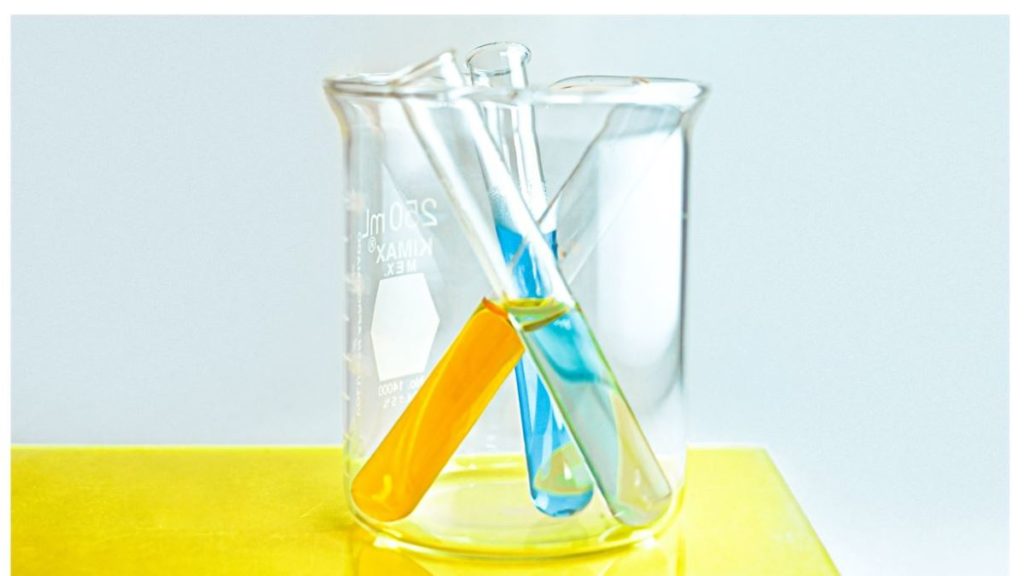Featured image by Girl with red hat on Unsplash
Whether they represent a fire risk or do damage to skin, hazardous liquids are a staple of many workplaces.
However, you and your employees can handle these liquids without harm as long as you take certain safety precautions. This includes making sure you use proper spill containment equipment, have emergency eye wash equipment readily available, and use safety gear that can help mitigate direct contact with dangerous chemicals.
By following the advice presented here, you can make your workplace safer.
RELATED ARTICLE: HOW TO PROMOTE HEALTH AND SAFETY IN THE WORKPLACE
Spill Containment Equipment for Hazardous Liquids
Having industrial spill containment equipment on hand is the first step to making sure that people in your workplace remain safe even around hazardous chemicals.
While everybody at the worksite should be trained in spill prevention, accidents do happen. When that occurs, proper equipment helps keep the damage to a minimum. Any area of the workplace for the storage or use of hazardous chemicals should have a spill kit nearby. This kit includes essential spill containment supplies such as sorbent pads and socks, goggles and gloves, and disposable bags. You can use these kits to clean everything up and then safely dispose of soaked wipes and pads.
Emergency Eye Wash Stations
The eyes are particularly vulnerable to hazardous chemicals, and exposure for too long can cause permanent injury or even blindness. Everybody who handles harsh liquids should wear safety goggles whenever they are near such hazardous chemicals. Moreover, they should always wash their hands before and after handling them.
Even with proper safety techniques, of course, accidents happen. That is why employers should place eye wash stations strategically in the workplace. Moreover, these stations need to be clearly marked.
What’s more, don’t assume that one emergency eyewash station is enough. It’s best to have several spaced evenly to allow for fast access by multiple people if needed. In your spill equipment, you can also keep a portable eyewash station to help those who get something in their eyes when they are away from a standing station.
RELATED ARTICLE: 7 WAYS TO PROMOTE A CULTURE OF SAFETY IN YOUR ORGANIZATION
Safety Gear for Handling Hazardous Liquids
The proper use of safety goggles and gloves are perhaps the best way to prevent accidents involving hazardous liquids. These tools are inexpensive and easy to use, making them an affordable and vital component to proper safety.
Goggles should sit flush with the face, preferably with a rubber seal to ensure that liquid can’t slip in over or under the lenses. Gloves should be rubber or nitrile, depending on the degree of abrasiveness in the liquid. Thick rubber gloves can be washed and reused. However, they should not be worn by multiple people before they are properly cleaned.
In cases where hazardous liquids give off noxious fumes, a mask with a filter is ideal to prevent damage to the throat and lungs.
RELATED ARTICLE: PROMOTE AN ENVIRONMENT THAT KEEPS EVERYONE SAFE AT WORK
Safety gear is something that you likely won’t use until you absolutely need it. But you will regret it dearly if you need it and don’t have it. If your workplace deals with hazardous liquids, make sure that you have proper gear in place. Don’t assume that safety protocols will help you avoid all accidents. Mistakes happen even among the best-trained employees.

